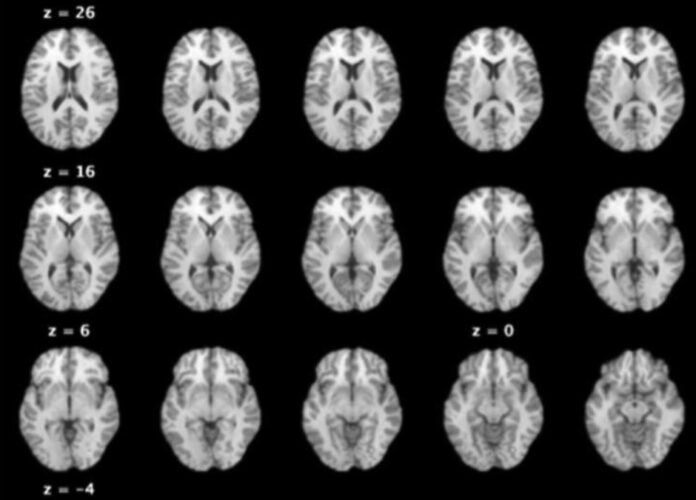
Let’s talk about brain rot. No, it’s not a zombie disease or something you catch from bad sushi. This is a modern epidemic — and it’s coming straight for your gray matter via TikTok, Instagram, and that one app you open without even realizing it.
What is brain rot? It isn’t an official diagnosis (yet), but it’s the internet’s term for that sluggish, overstimulated, foggy-headed feeling you get after scrolling for two-plus hours but retaining exactly zero useful information. Think: short attention span, no motivation and a deep existential ache after watching 73 videos about air fryer hacks and conspiracy theories. And while it sounds like a joke, studies suggest this isn’t just a vibe — it’s structural.
If you remember anything from the ’90s, it was the anti-drug egg commercial. You know the one. There is a whole intact egg, and then the egg gets cracked open and is sizzling in the frying pan while a deep mysterious voice speaks over the sizzling saying, “This is your brain. … This is your brain on drugs. Any questions?” And the commercial would just ominously end.
The picture included here is basically the same. Top left corner: “This is your brain.” Bottom right corner: “This is your brain with smartphone addiction. Any questions?!”
A study from 2023 from Beijing Normal University explains it perfectly. They also used imaging to look at the brains of young adults with screen addiction. The results? Reduced gray matter density in areas like the prefrontal cortex, which handles decision-making and impulse control, and disrupted connectivity in the default mode network — the part of your brain responsible for introspection, daydreaming and memory consolidation.
These structural changes can happen in as little as three to six months, especially in adolescents or young adults. It can happen faster if screen time exceeds four to six hours per day and includes compulsive behaviors, like doom scrolling or phone checking every few minutes.
Here’s the good news: Your brain is incredibly neuroplastic, which means you can rebuild, rewire and recover.
Try these strategies:
NEVER scroll first thing in the morning. Seriously. Your brain wakes up in a sponge-like state, primed for intention and focus. Feeding it chaotic content sets a reactive tone for the entire day. Instead, hydrate, move or journal before you let the algorithm in.
Reclaim your focus. Try the 30-30-30 rule: 30 minutes of no-screen time after waking, 30 minutes of mindful movement daily, and 30 minutes of screen-free creative play (reading, writing, puzzles — anything analog).
Feed your brain. Omega-3s, B vitamins and antioxidants like blueberries can support cognitive function. Your brain thrives on more than cold brew and cortisol.
Practice “dopamine fasting.” This is the only fast I’ll ever support and not as scary as it sounds. It just means intentionally doing low-stimulation activities to help your brain recalibrate. Walking without music. Cooking from scratch. Sitting outside without a phone. Boring is beautiful.
Protect your sleep. Screens before bed suppress melatonin and reduce REM sleep — crucial for memory and emotional regulation. Set a tech curfew an hour before bed. Your dreams will thank you.
TL;DR? Don’t rot. reboot.
Brain rot is what happens when modern tech hijacks your prehistoric brain. But with intention and consistency, you can reverse the scroll damage and get back to clarity, focus and actual joy.























